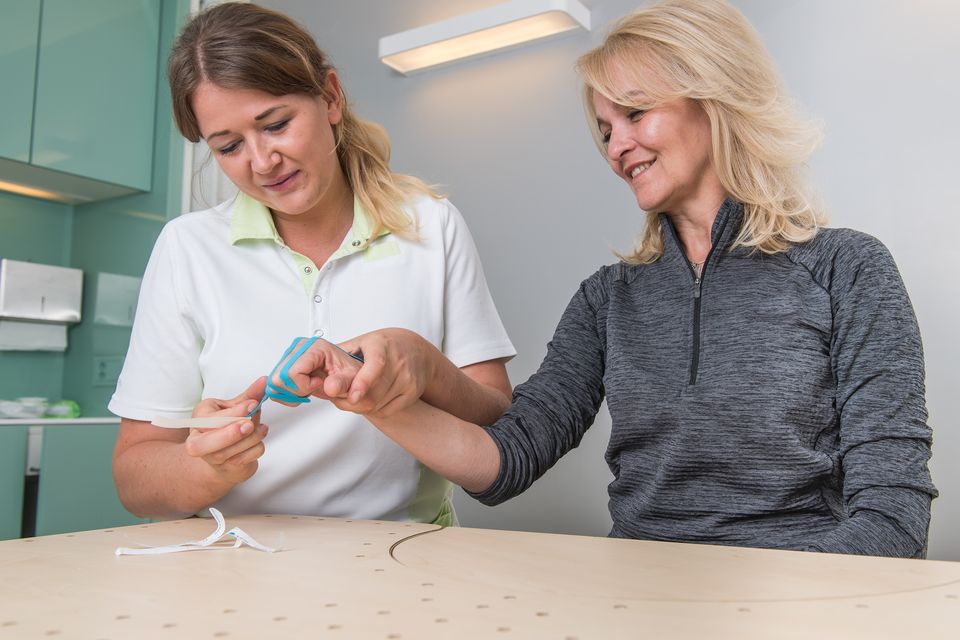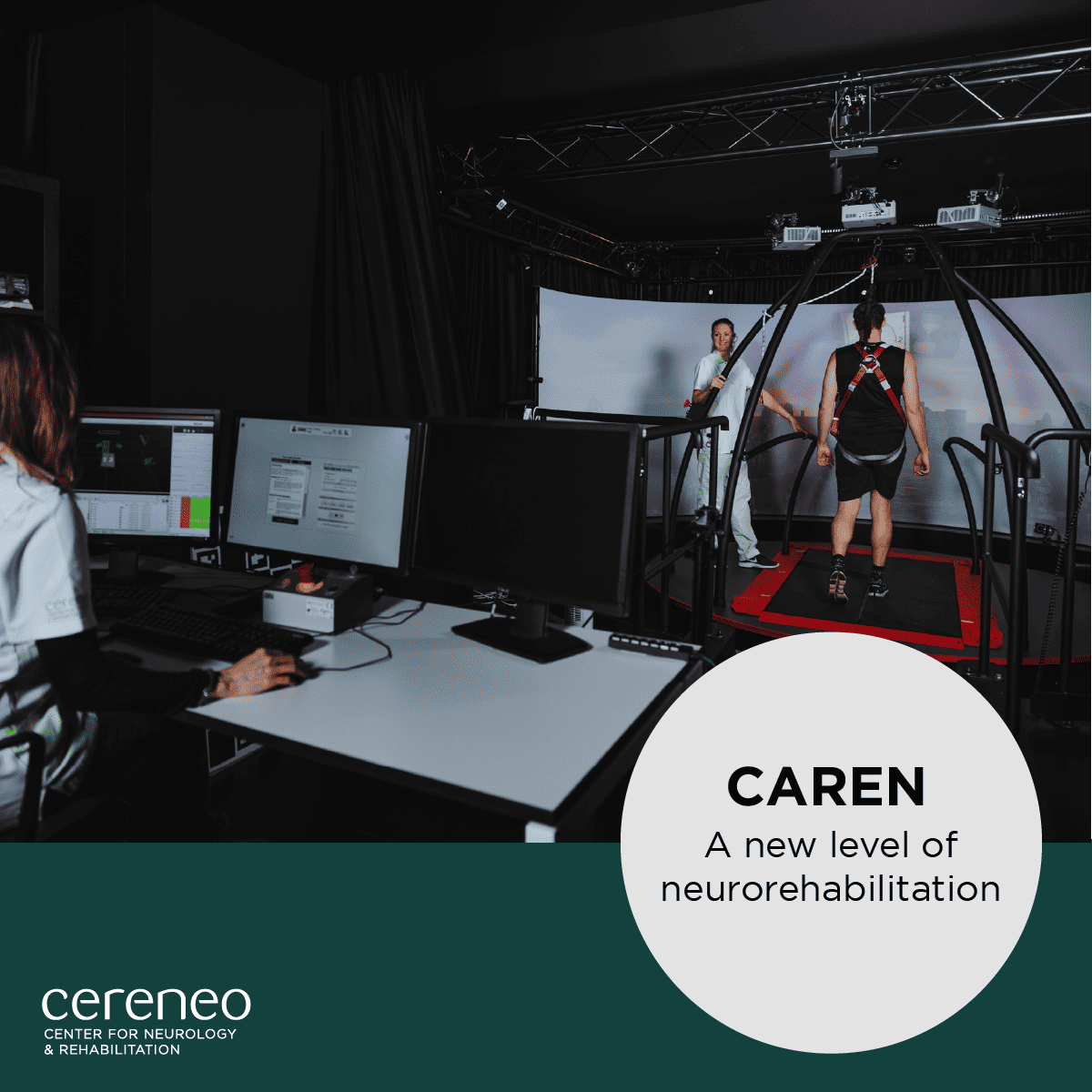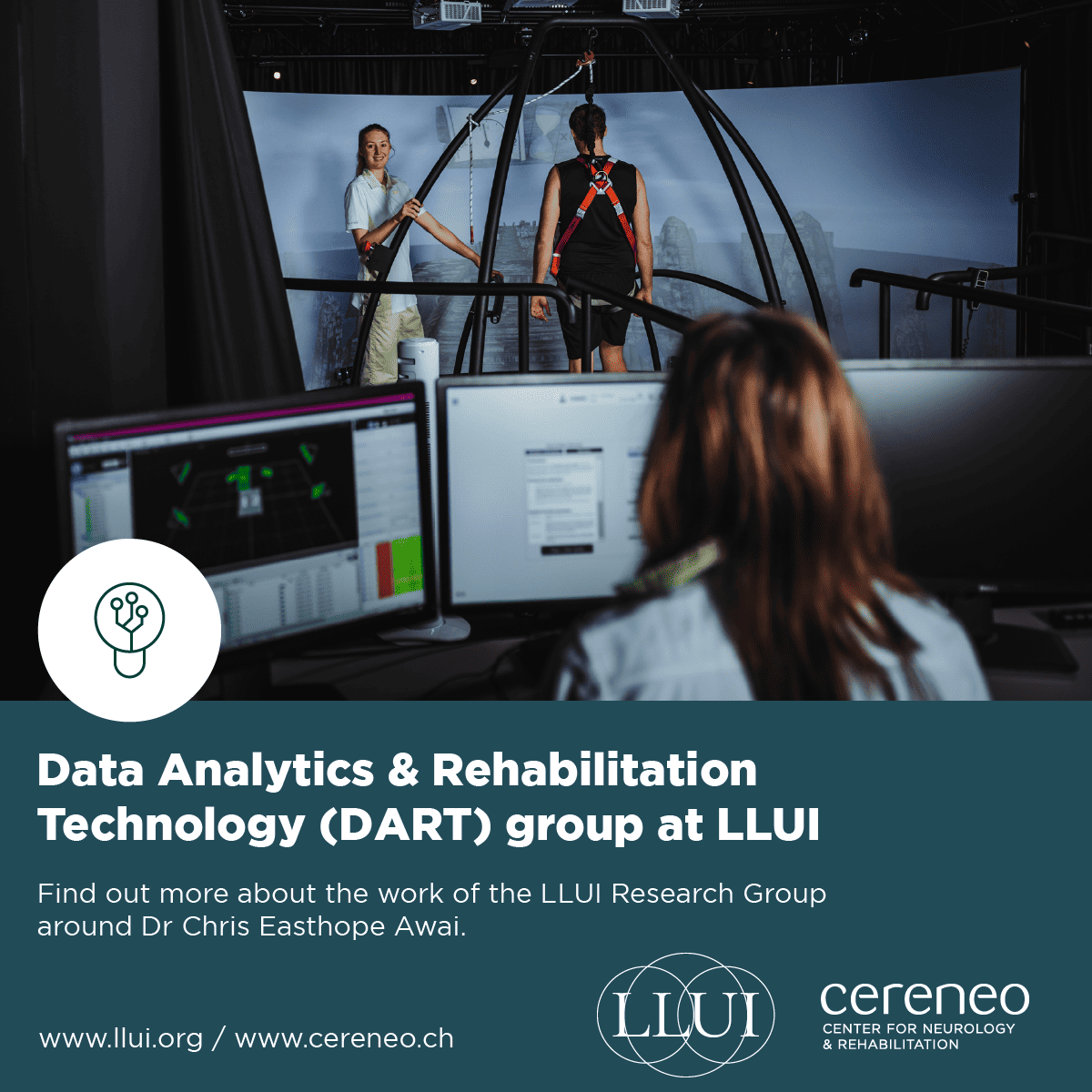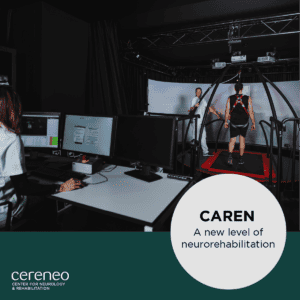The most common problem after suffering a stroke is ‘hemiparesis’ (= weakness of one entire side of the body) of the contralateral arm and leg, that means lack of movement and/or sensation in the arm and leg of the affected side.
When a person with hemiparesis tries to move and participate in daily life activities, she or he will predominantly use the less involved side, as it is faster and more efficient. This often leads to a disregard of the involved arm or leg in the daily use.
At cereneo, we combine different strategies for the recovery of the lost abilities, always adapted to the level of function and interests of our patient. Together with our patient and their relatives we design an individualised therapy plan so that we can work together with high intensity and high motivation to achieve the best results possible:
– Based on our initial assessment, the patient’s interests and goals we create a plan that includes Forced Use Paradigms for the activation of the muscles in the involved body parts, and improving the stability of the joints and the motor control.
– Massed practice with or without intelligent devices to get a maximum number of repetitions of different movement patterns to settle what has been previously learned.
– Task practice to use the learned movement patterns in a real-life context.
– Working on one’s fitness to improve the endurance to be able to participate more actively in everyday life.
– With the analysis of the progress of the rehabilitation based on weekly standardised and individual assessments, we can optimally adapt our interventions to improve the results and keep our patients motivated as they see their progress.










